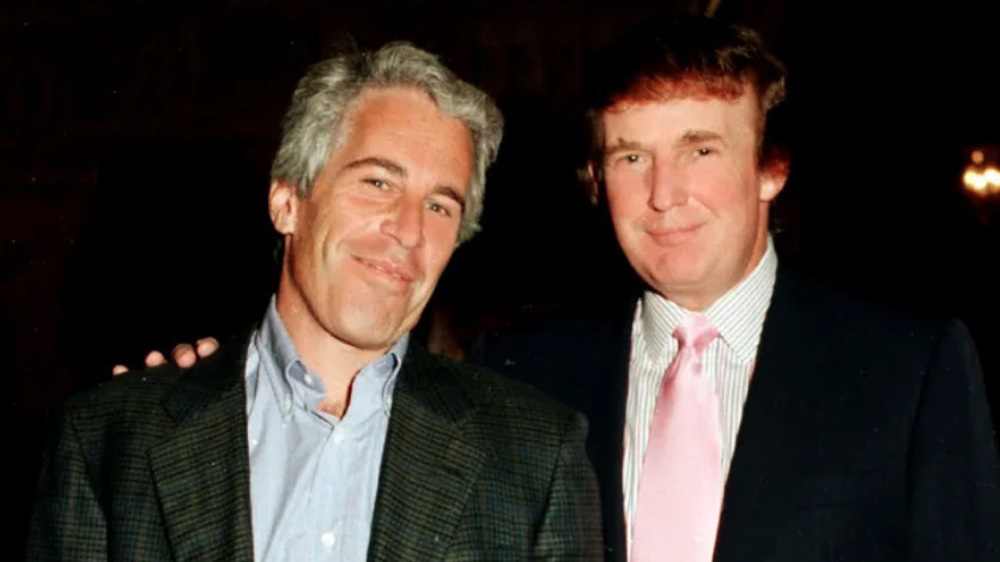Bitter vote for US Congress likely to result in more division
Ramin Mazaheri
Press TV, Chicago
Polls show that a divided Congress appears all but assured six weeks before the federal legislative vote in the United States, which would also ensure continued political division and stagnation.
The Democrat-led inquiry over protests which alleged election fraud in 2020 continue to plod on, but polls show they have had essentially no effect on changing voters’ opinions. While longtime Democratic leader Nancy Pelosi looks certain to be forced out of power in November, the top-level of Republican leadership looks likely to add more so-called “Trumpists”, reflecting the enduring influence of ex-president Donald Trump.
At 40% of voters, the biggest unofficial political party in the United States is actually the self-declared “independent” voter.
Polls indicate that a huge swing of 12% has taken place within this king-making group. in 2020 post-election polls found that they favored Democrats by 7%, but independents are now tilting towards Republicans by 5%.
Pollsters say the Democratic Party seems certain to lose control of the lower house of parliament, if not both houses. As the election nears many expect the ongoing inflation and economic growth disasters - caused by blowback from Western sanctions on Russia - to play a larger and larger role in voters’ decisions.
A recent survey by Forbes found that 30% of Americans are drawing from their savings “more than usual”, which is the highest percentage in the survey’s history. Another analysis found that the average American has lost over $4,000 in income since Joe Biden took office, due to the increases in the inflation and interest rates.
The midterms are on track to be the most expensive vote ever - reaching $10 billion by election day. Many say that’s a reminder of the outsized role played in American democracy by money and advertising.
VIDEO | Press TV's news headlines
Gaza faces severe reproductive health crisis amid Israeli genocide
VIDEO | Gaza endures crisis, Israeli violations ahead of Netanyahu-Trump meeting
Russia and US reject European ceasefire proposal
Houthi: Any Israeli presence in Somaliland will be military target
VIDEO | Qassem Soleimani assassination
VIDEO | Iran space achievements
Iran reports boom in electronic check use









 This makes it easy to access the Press TV website
This makes it easy to access the Press TV website